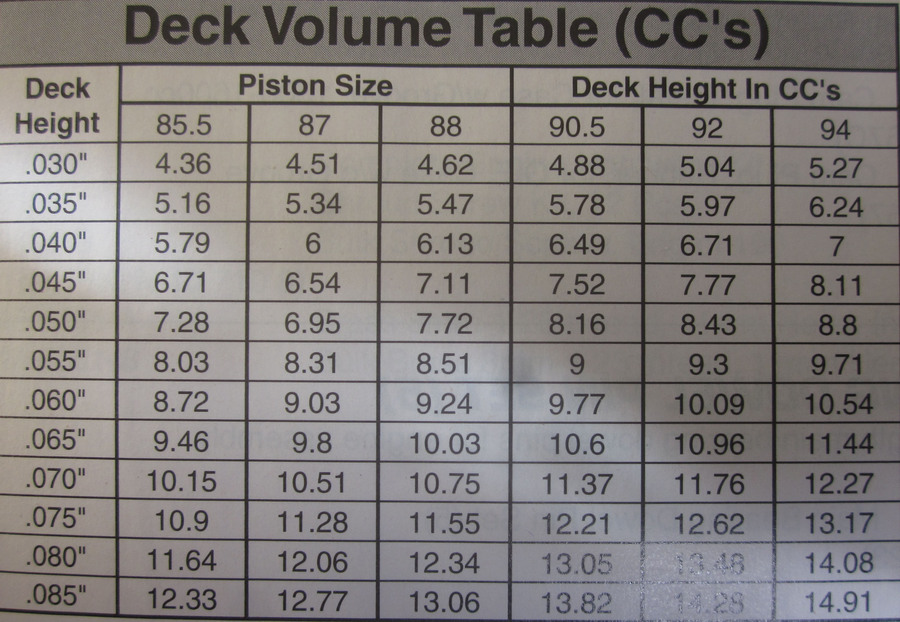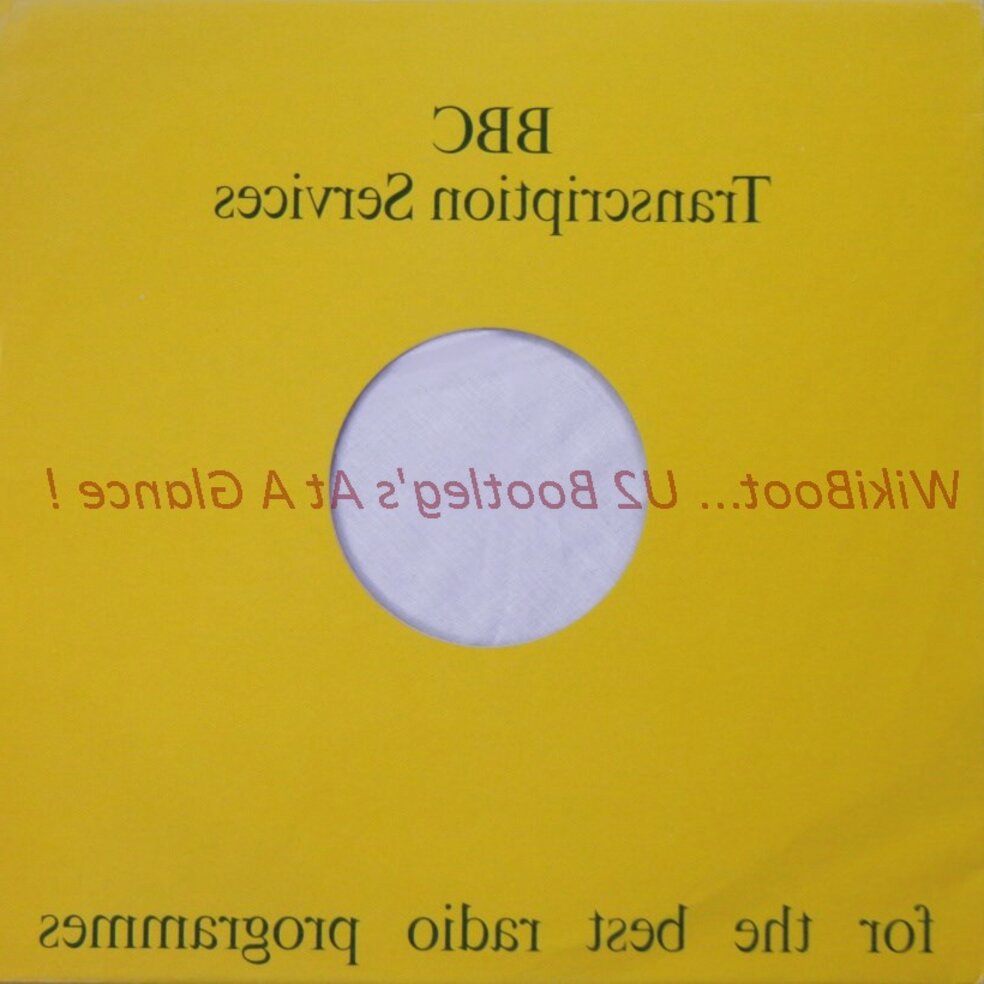

The good calculators take both cam timing and rod ratio into account and are about as much info as a builder would need for most street/bracket race engines. To keep things simple,there are online calculators out there that help you calculate your dynamic compression ratio,and give you some decent guidelines as to how high that ratio can be for each different type of fuel. More/air/fuel being burn means more power. It is better to compress more air/fuel to the same pressure as a lesser amount of air/fuel. They didnt realize that when compared to a shorter rod engine,the longer rod engine was actually trapping less air/fuel in the cylinder at the time of intake valve closing,so they were just compressing less fuel and air into a smaller space and actually not making any more pressure and having less fuel and air to burn. Some builders were misled into thinking that longer rods were better because the engine would tolerate a higher compression ratio. This is why there are also debates about the big "connecting rod ratio".

This is why long duration camshafts,high compression ratios and high rpm all go hand in hand. Higher compression also helps at low speed to burn the weak air fuel charge that was caused by the late intake valve closing. The higher an engine is spinning,the less time detonation has to take effect,so the engine can tolerate more cylinder pressure before it detonates the fuel. This is why higher rpm engines use longer duration camshafts. This causes poor idle and loss of low end power. This has a down side since at low engine speeds the intake valve will still be open after the cylinder is filled and the cylinder will be needlessly pushing the air/fuel back out the intake valve. The solution is to hold the valve open longer so that the cylinder has more time to fill before the valve closes.
#COMPRESSION CALCULATOR BBC FULL#
The faster you revved the engine the less full the cylinder would be,and the less power you would be making. If you timed all these events to happen at low speeds,the engine would make it's best power at low speeds,but when you tried to spin the engine faster the cylinder would not be completly filled when the valve closed. With the piston moving up it is a race against the clock to get in as much air and shut the valve as soon as the cylinder is full. By holding the valve open,air will continue to move in. There is still vacum in there because there isnt enough time or flow to fill the cylinder in such a short amount of time. That reason is that the cylinder isnt filled yet when the piston hits the bottom of the bore. The intake valve isnt closed at BDC for a reason. So dynamic compression ratio is always lower then static compression. So basically you need to recalculate the compression ratio formula using 3 1/4" as the stroke since the first 3/4 " of piston travel is lost due to the valve being open. How far up the piston actually is will vary depending on that crank stroke to connecting rod ratio,but the variation is slight unless you build an engine with either extremly short or long rods. Typically this would mean that the piston would be about 3/4" up the bore when the valve is nearly closed.

Now lets say that the camshaft card says that the intake valve closes at 70 degrees after the piston hits the bottom of the bore. Lets just say the engine has a 4" stroke. So the piston is already part way up the bore as the valve is closing. As I stated in the beginning,the intake valve doesnt magically snap shut when the piston hits the bottom of the bore. Now here is dynamic compression calculation. you divide 768 by 68 and come up with 11.2:1 ratio. When the piston reaches the top of the bore,there is only 68cc of space left. With the piston at the bottom of the bore there is 768cc of air/fuel in the cylinder. One chamber of the heads is about 68cc(obviously there are different size heads). One cylinder of a 350 chevy is about 700cc. Here is an oversiplified example(leaving things like head gasket thickness and piston domes out of it) Static compression is simply measuring how much air/fuel is in the cylinder and combustion chamber when the piston when it is all the way down,and comparing it to how much is in the cylinder when the piston is all the way up.To calculate that is easy. With that said,now we can explain the difference between static and dynamic compression ratio. The intake valve NEVER closes exactly as the piston is at the bottom of the cylinder,and thing #2 is that the shorter the connecting rod in relation to the crankshaft stroke,the slower the piston rises on it's way up from the bottom.


 0 kommentar(er)
0 kommentar(er)
